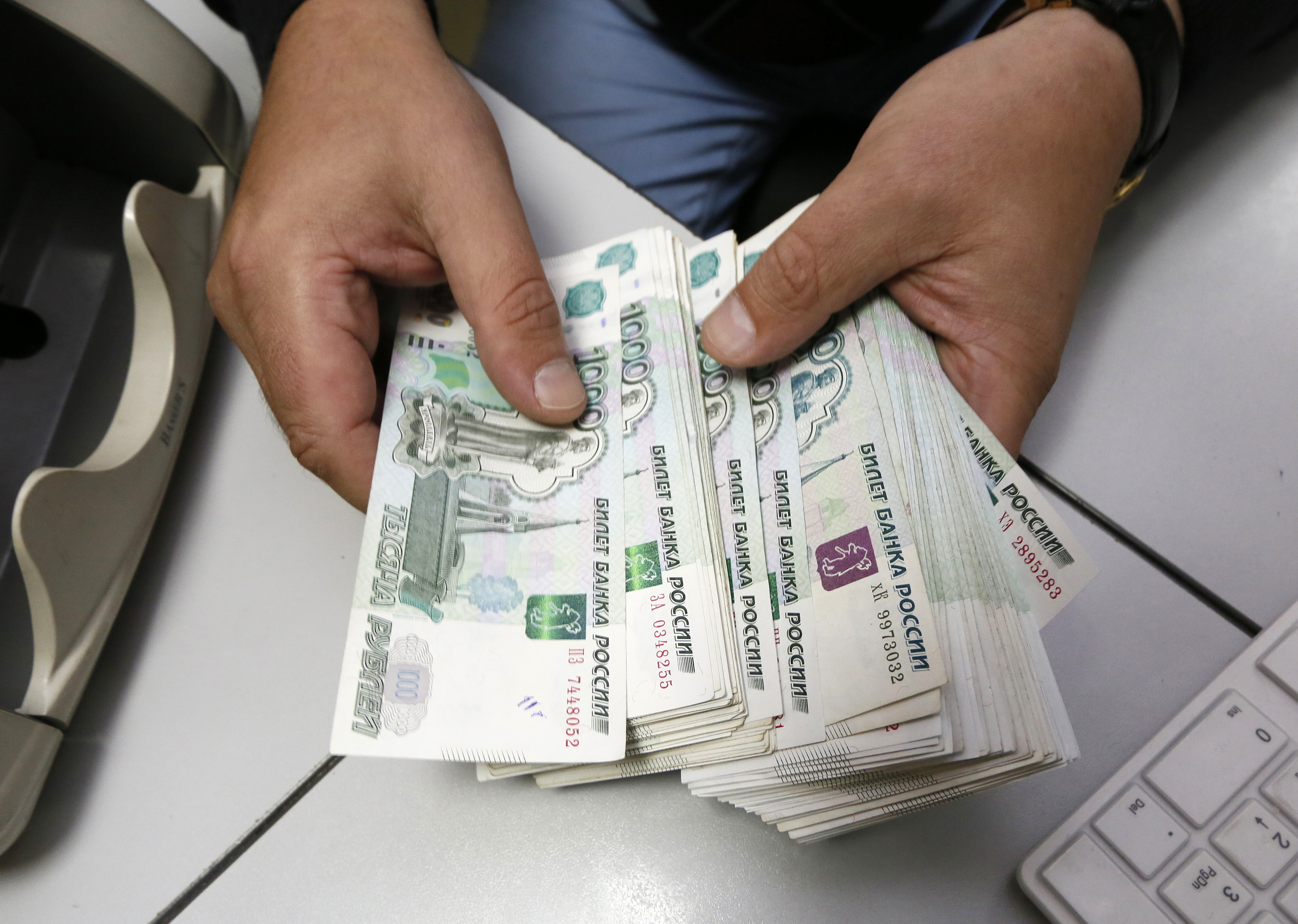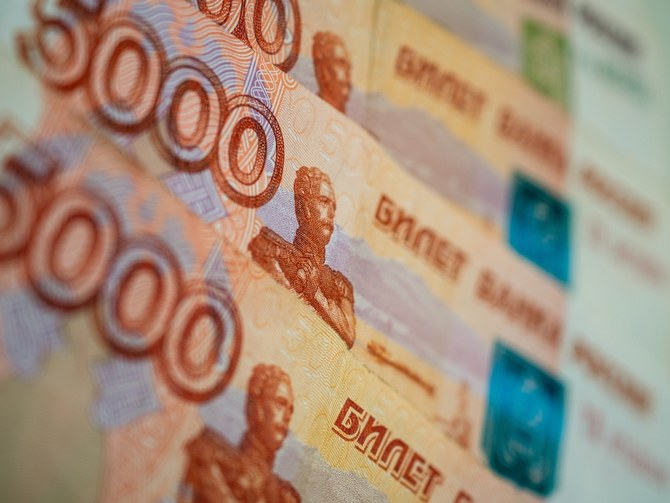Russian Ruble Plummets to 100 Against US Dollar: A Deep Dive into the Economic Turmoil

Russian Ruble Plummets to 100 Against US Dollar: A Deep Dive into the Economic Turmoil
In a stunning turn of events, the Russian ruble has suffered a severe blow, plummeting to a dismal rate of 100 against the US dollar. This drastic depreciation marks a significant milestone in the economic history of the Russian Federation, sending shockwaves through global financial markets and raising concerns about the stability of the country’s economy.
Unraveling the Currency Crisis
The abrupt decline of the Russian ruble against the US dollar has raised numerous questions about the underlying causes of this currency crisis. One of the primary factors behind this staggering depreciation is the volatile nature of global oil prices, upon which Russia heavily relies for its economic sustenance. Historically, Russia has been a major oil exporter, and fluctuations in oil prices directly impact its economic performance.

In recent times, geopolitical tensions, supply-demand imbalances, and shifts towards renewable energy sources have all contributed to the roller-coaster ride of oil prices. As oil prices swing, Russia’s economic stability is thrown into uncertainty, directly affecting its foreign exchange reserves and, subsequently, the value of the ruble. This intricate dance between oil prices and the ruble’s value has created an environment of vulnerability for the Russian economy.
Domestic and International Ramifications
The ripple effects of the ruble’s plunge are not confined to Russia alone; they have a profound impact on both domestic and international fronts. Domestically, the plummeting ruble translates to rising inflation, making basic goods and services more expensive for the average citizen. This not only erodes purchasing power but also leads to potential social unrest as citizens grapple with the rising cost of living.
Furthermore, Russian businesses that rely on imported raw materials and technology face the brunt of the currency crisis. As the ruble weakens, the cost of imports skyrockets, squeezing profit margins and hindering economic growth. Small and medium-sized enterprises, which form the backbone of Russia’s economy, are particularly vulnerable to these adverse effects, potentially leading to layoffs and business closures.

On the international stage, the devaluation of the ruble impacts foreign investors and global trade partners. Foreign investors, deterred by the uncertainty surrounding the Russian economy, may reconsider their investments, leading to capital flight. Meanwhile, Russia’s trade partners might find their exports to the country becoming more expensive, potentially affecting trade relationships and the broader global economy.
Government Response and Economic Policy
In response to the dire economic situation, the Russian government finds itself at a crossroads, facing tough decisions to stabilize the ruble and restore investor confidence. The central bank’s role in managing this crisis is pivotal. Through interventions in the foreign exchange market, the central bank can influence the ruble’s value and prevent a further free fall. However, such measures are temporary and can deplete foreign exchange reserves over time.
Economic policy adjustments are also on the table. The government might consider diversifying the economy away from heavy reliance on oil exports, investing in sectors such as technology, manufacturing, and agriculture. Such diversification efforts could make the Russian economy more resilient to external shocks and provide a more stable foundation for the ruble.

The Path to Recovery
Recovering from a currency crisis of this magnitude is undoubtedly a challenging endeavor. It requires a multifaceted approach that encompasses domestic reforms, diplomatic efforts, and international cooperation. Russia’s government must focus on creating an environment that encourages both domestic and foreign investment, providing incentives for businesses to innovate and grow despite the economic turbulence.
In addition to economic policies, diplomatic initiatives can play a crucial role in stabilizing the ruble. Engaging in open communication with trade partners and neighboring countries can foster trust and collaboration, potentially leading to agreements that benefit all parties involved. Furthermore, Russia can explore opportunities for economic partnerships that promote trade diversification and reduce its dependence on a single commodity.
Looking Ahead
The plummeting Russian ruble, while presenting significant challenges, also serves as a wake-up call for the country to reevaluate its economic structure and policies. The global economy is increasingly interconnected, and events in one nation can reverberate around the world. The Russian government’s ability to navigate these turbulent waters, implement prudent economic policies, and foster international cooperation will determine its success in stabilizing the ruble and ensuring a prosperous future for its citizens.
In conclusion, the recent drop of the Russian ruble to 100 against the US dollar is not merely a numerical fluctuation; it is a stark reminder of the complex interplay between economic, political, and social factors that shape a nation’s financial stability. As Russia grapples with the aftermath of this currency crisis, it must seize the opportunity to forge a new path toward economic resilience and international collaboration. Only through deliberate and strategic efforts can the Russian economy find its footing once again and chart a course toward sustainable growth and prosperity.




